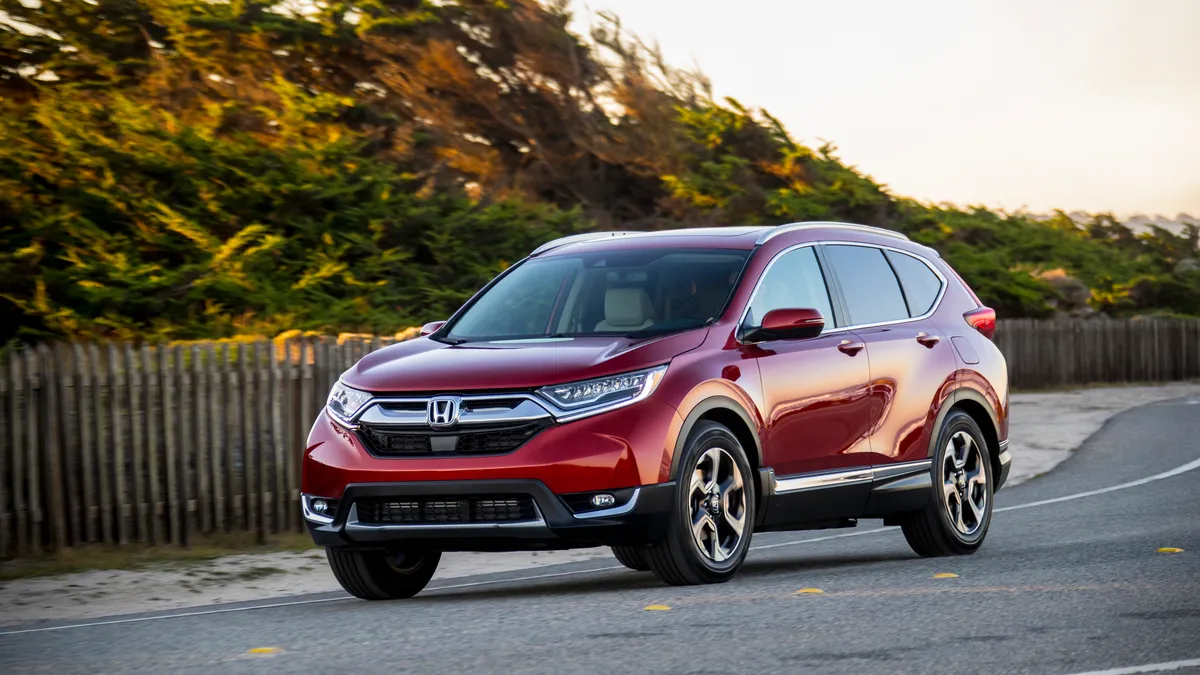In salt-heavy states across the Midwest, winter roads become battlegrounds—not just for tires, but for the long-term survival of a car’s metal components. Road salt, while crucial for safety, accelerates rust like nothing else.
That’s why choosing a vehicle with proven rust resistance is essential for anyone living in places like Minnesota, Michigan, or Wisconsin. While many cars perform admirably in snow, few can truly stand up to the corrosive effects of salt over time.
Fortunately, some models are built with durability in mind, utilizing smart engineering, specialized materials, and owner-friendly maintenance features.
This article highlights five such vehicles—the Toyota 4Runner, Subaru Outback, Honda CR-V (2017 and newer), Ford F-150 (aluminum body models), and Volvo XC90. Each of these champions offers a unique approach to corrosion prevention, helping drivers stay rust-free even after years of winter punishment. Here’s how these vehicles defy the salt and stay strong where others fail.
1. Toyota 4Runner: Heavy-Duty Armor for Harsh Winters
The Toyota 4Runner has long been respected as a rugged, body-on-frame SUV—traits that translate directly into winter toughness. While early 2000s Toyota trucks faced criticism for rust issues, the brand responded by upgrading their corrosion resistance across the board.
Later 4Runner models now feature galvanized components, advanced undercoating, and better drainage systems that prevent salty slush from pooling in vulnerable areas. With high ground clearance and solid underbody articulation, the 4Runner reduces direct contact with salt and makes it easier to rinse the frame after storms.
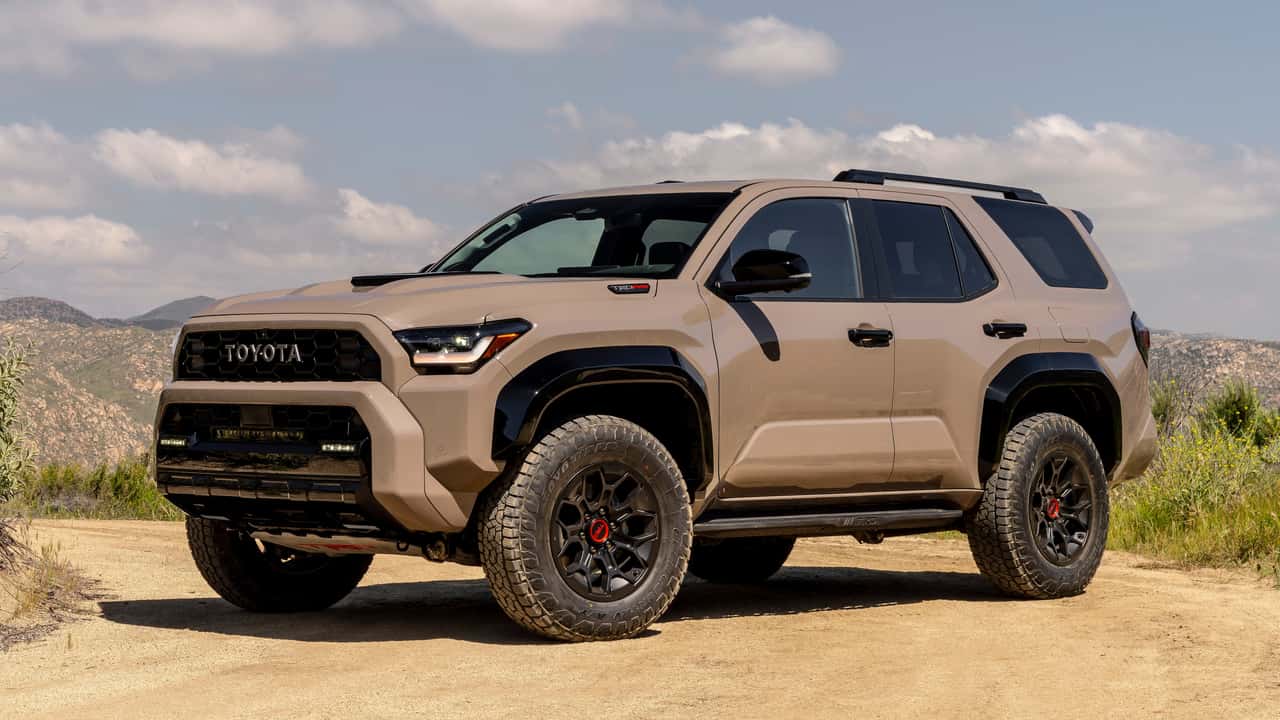
Owners benefit from easy maintenance access to rust-prone spots like frame rails and suspension mounts. Combined with a robust aftermarket community offering rustproofing kits and skid plates, the 4Runner becomes even more resilient.
It’s not just a capable off-roader—it’s a fortress against Midwest corrosion. In both form and function, the 4Runner proves it’s one of the best vehicles for standing up to road salt year after year.
2. Subaru Outback: Galvanized and Sealed for Winter Combat
When it comes to winter road capability and rust resistance, the Subaru Outback checks all the right boxes. Known for its symmetrical all-wheel drive and rugged build, the Outback also excels at keeping rust at bay.
Subaru’s use of galvanized steel, particularly in models made after 2010, provides a crucial layer of protection against corrosion. The design includes tight weather seals around the liftgate, doors, and underbody to keep salty moisture out of hidden crevices.
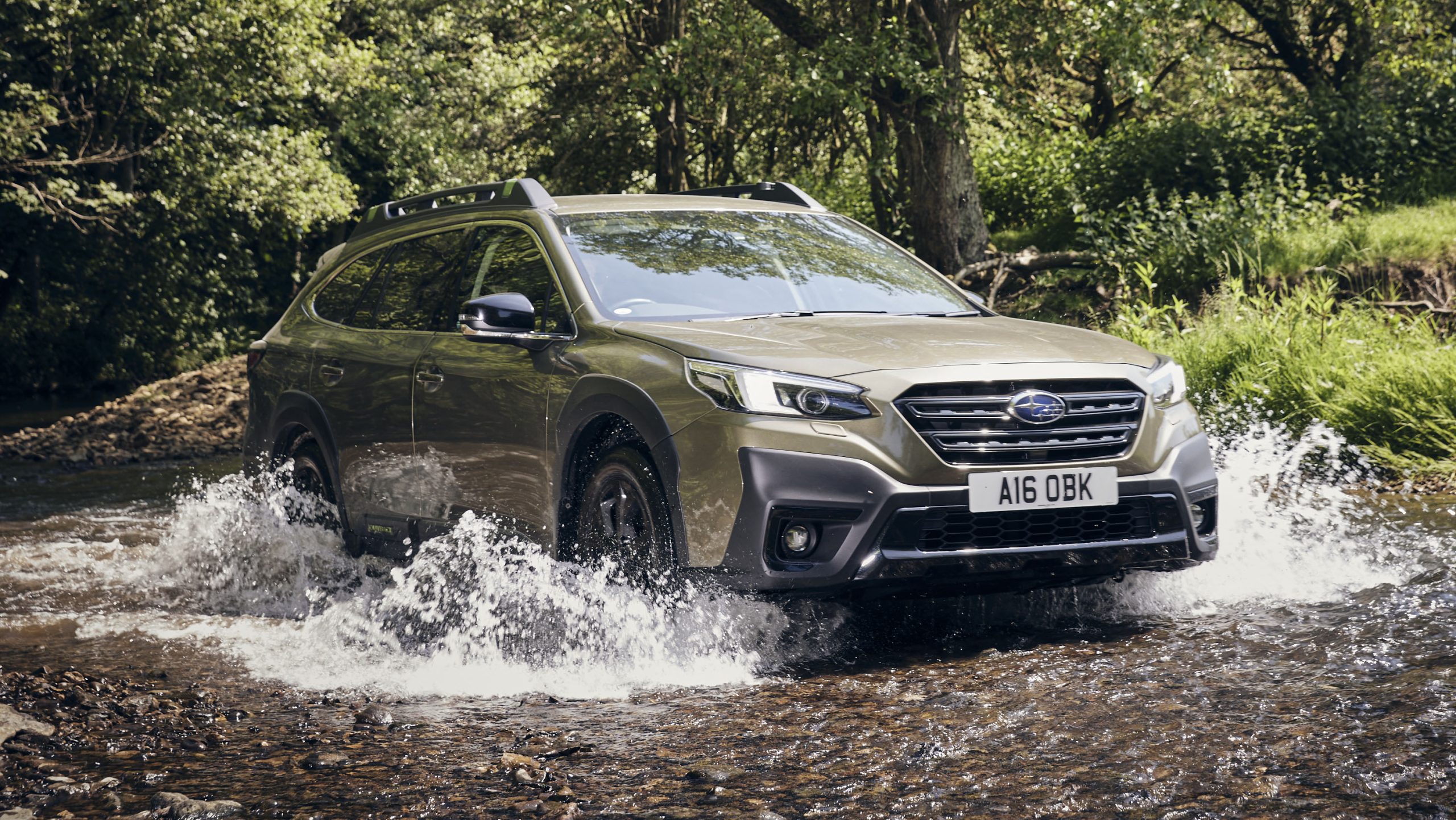
Inner wheel wells and fender gaps are also carefully designed to prevent splash-back, reducing the exposure of suspension and brake components. Drainage systems channel away slush and snowmelt, keeping the chassis dry. In the Midwest, Subaru owners are proactive—many apply annual undercoating and install protective liners.
This DIY culture of care helps Outbacks stay rust-free even beyond the 200,000-mile mark. Affordable, practical, and corrosion-conscious, the Outback is a true winter survivor that lives up to its rugged image.
3. Honda CR-V (2017+): Redesigned with Rust Resistance in Mind
The 2017 redesign of the Honda CR-V marked a turning point in the compact SUV’s battle against rust. Recognizing earlier model vulnerabilities, Honda revamped key areas of concern, particularly around the wheel wells, rocker panels, and underbody.
The newer CR-Vs now feature sealed wheel arches, high-quality plastic liners, and improved drainage systems that prevent salt and melted snow from lingering and causing damage.
An upgraded undercoating adds vital protection to areas like the subframe and fuel lines, which are typically first to rust. Even minor corrosion points—such as fasteners and exhaust components—were addressed with more rust-resistant materials.
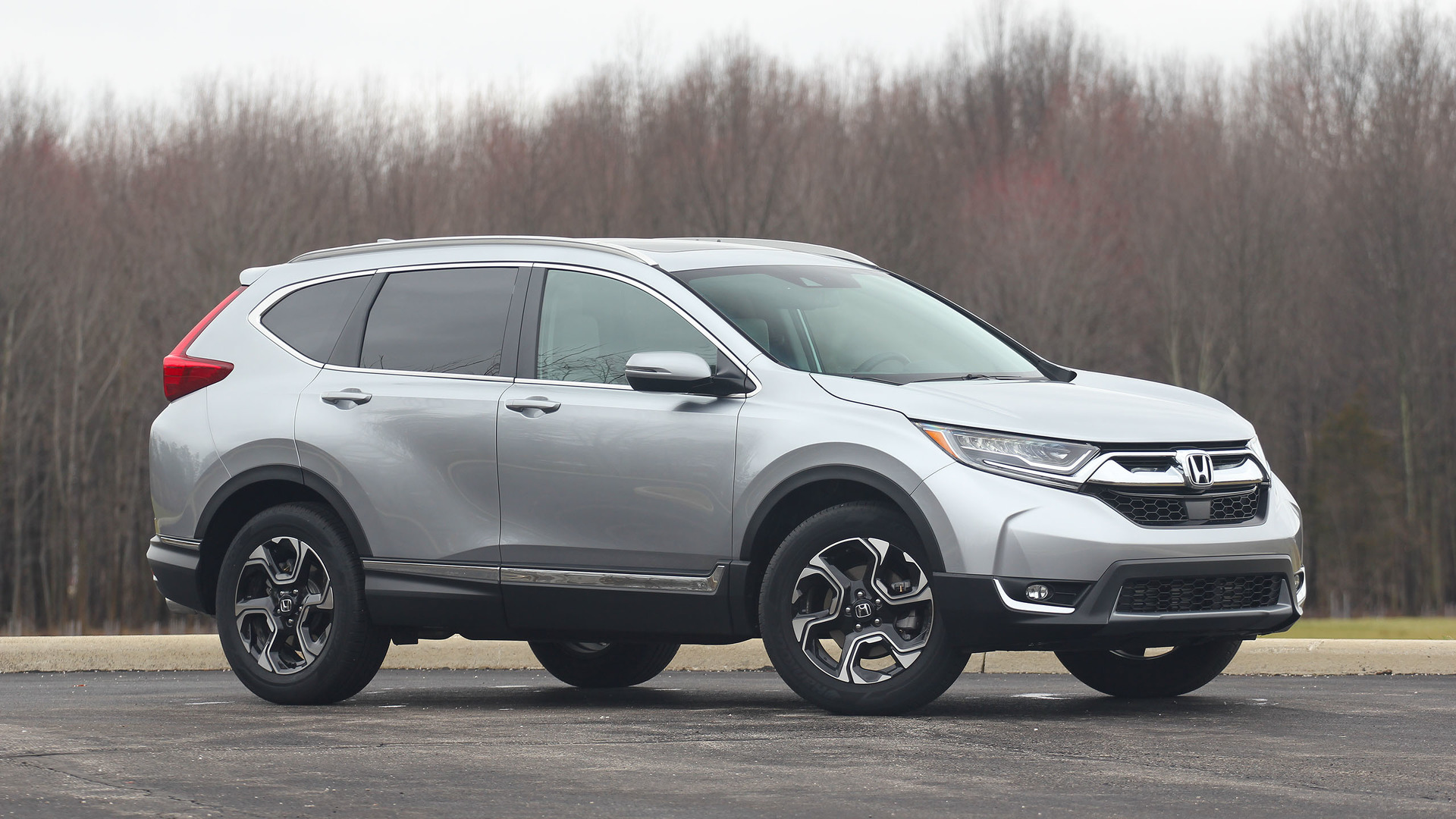
With moderate ground clearance, the CR-V avoids much of the road spray while remaining easy to clean and store during winter months.
The vehicle’s reliability is further boosted by a large online community sharing rust prevention tips and maintenance routines. The result? A well-rounded crossover that pairs Honda dependability with serious winter-readiness.
4. Ford F-150: Aluminum Body, Steel Nerve
Ford revolutionized the truck world in 2015 by launching the first mass-produced pickup with a military-grade aluminum-alloy body—and it changed the game in rust resistance. Unlike steel, aluminum doesn’t rust in the traditional sense, making it ideal for withstanding the Midwest’s road salt onslaught.
Though the F-150’s frame remains steel, Ford enhanced its corrosion protection with better coatings, welds, and sealants. Doors, beds, and hoods—the parts most exposed to salt—are now made of aluminum, nearly eliminating the body rot that plagued previous generations.
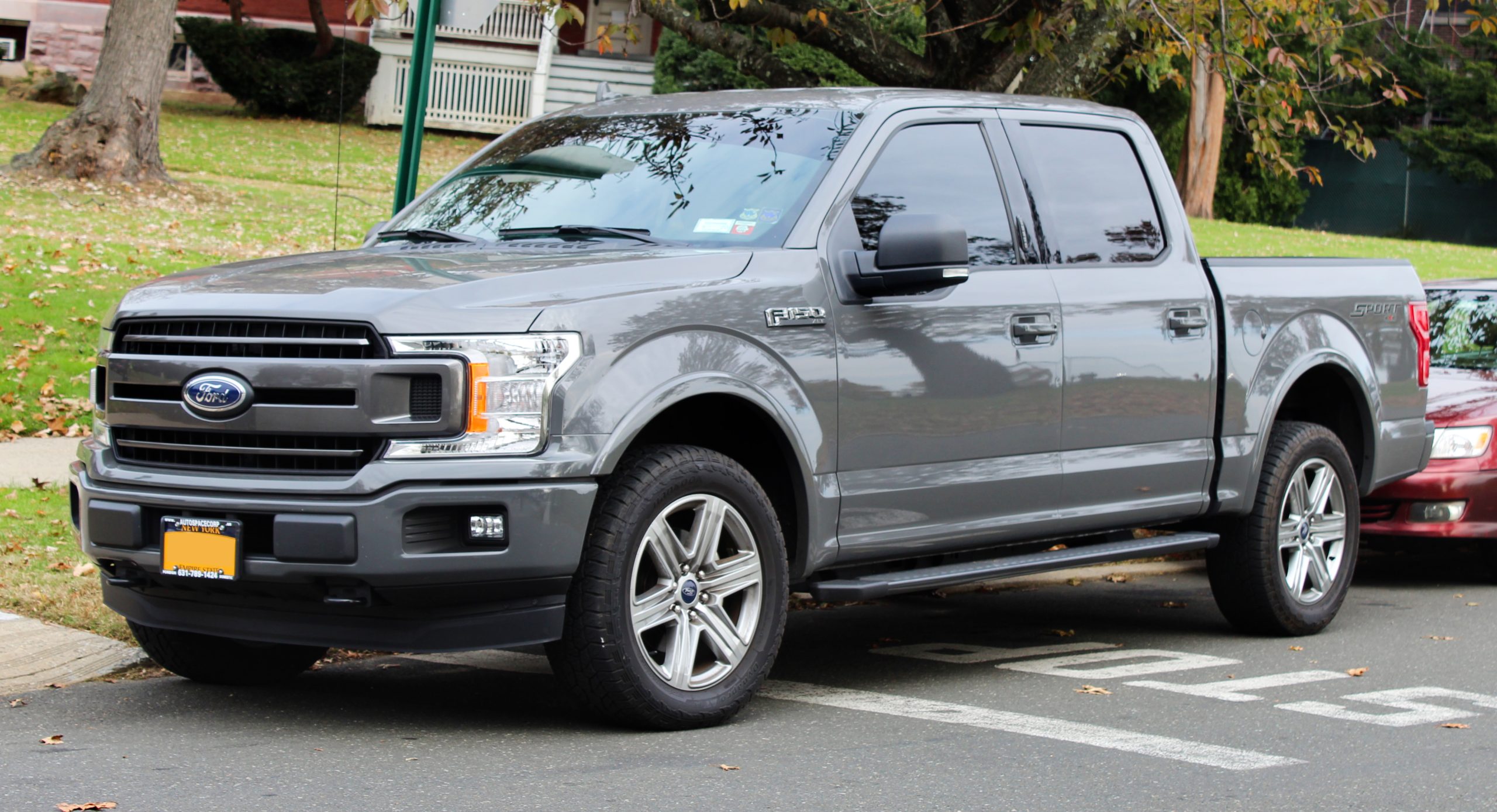
Wheel well liners and mud flaps come standard on many trims, helping to deflect salty grime. Skid plates protect essential parts underneath, and optional undercoating kits offer further shielding.
The F-150 also benefits from a wide array of rustproof accessories like spray-on bedliners and heavy-duty guards. This mix of aluminum innovation and smart engineering makes the F-150 a champion in both function and form for winter-bound truck owners.
5. Volvo XC90: Scandinavian Sophistication with Rustproof Roots
The Volvo XC90 brings a unique mix of luxury and ruggedness, born from its Swedish heritage where harsh winters are a fact of life. This SUV is built with serious corrosion resistance, including extensive use of galvanized steel and rust-inhibiting sealants throughout the frame and body panels.
Every exposed component—from bolts to brackets—receives zinc or stainless steel treatment. The XC90’s undercarriage is flat and sealed, limiting places where salty grime can collect.
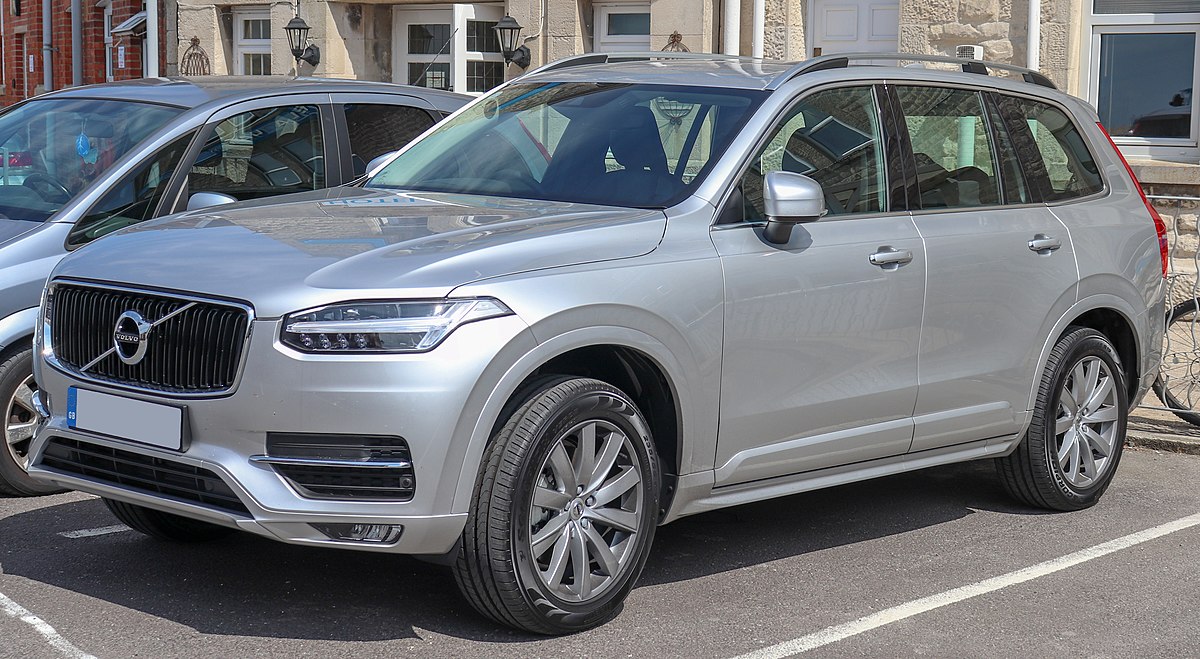
Even the vehicle’s suspension and brake systems are laid out with protection in mind, with treated rotors and weather-resistant calipers built to withstand repeated exposure to road salt. Volvo’s winter-focused design ethos ensures the XC90 is more than just elegant—it’s engineered for endurance.
That makes it particularly well-suited for Midwest luxury buyers who don’t want to compromise durability. In short, the XC90 proves that premium doesn’t have to mean delicate—this SUV handles rust like a true Scandinavian warrior.
While many vehicles boast strong winter handling, only a few are built to last through years of corrosive salt exposure. The Toyota 4Runner, Subaru Outback, Honda CR-V, Ford F-150, and Volvo XC90 have all risen to the challenge with engineering focused on long-term durability.
These models don’t just survive winter—they thrive in it. By incorporating galvanized steel, aluminum bodies, factory undercoating, and smart drainage design, they actively fight the elements that wear out lesser vehicles.
Their loyal ownership communities, many of which invest further in aftermarket rustproofing, also play a role in extending their life spans.
Whether you’re a daily commuter or an off-road adventurer, these five champions stand as the best defenses against the Midwest’s salt-laden winters. In the ongoing war between vehicles and corrosion, these models are the seasoned veterans that keep you driving rust-free, year after year.
Also Read: 5 Cars With Timing Chains That Last Forever and 5 That Snap Too Soon

